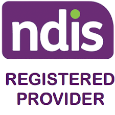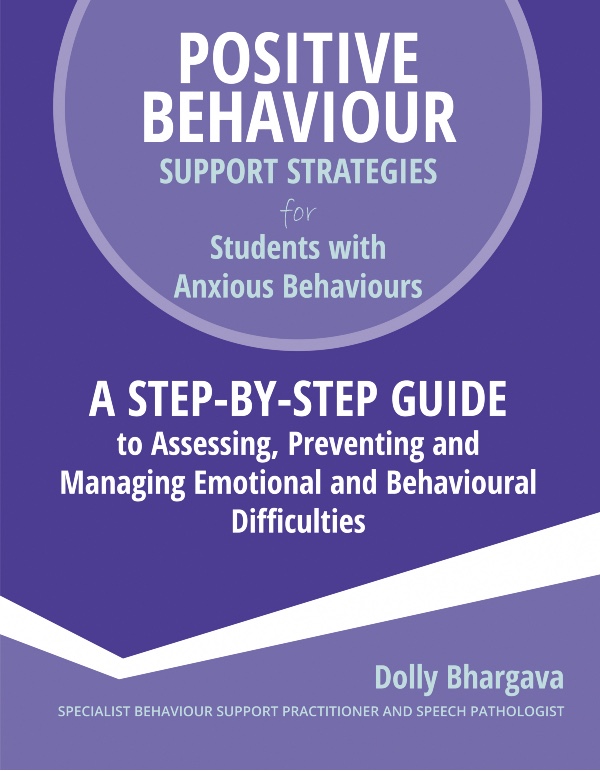Effectively Manage Anxiety With this Online Course
Take our course at your own pace and learn all about anxiety management. The whole course is designed to help you understand the symptoms of anxiety and upon completion have learned how to effectively help manage anxiety face to face with children and adolescents in your care. The course also teaches the best way to manage anxiety in children and adolescents, using proven strategies and practical tools.
The course gives you the knowledge and resources to prepare for and cope with panic attacks in students. It is especially helpful for those supporting clients and patients with anxiety, providing practical guidance that can improve outcomes for both individuals and professionals.
Participants are encouraged to provide feedback on their learning experience to help us continually improve the course.
What Is Anxiety?
Anxiety is a natural human response to perceived threat - a state of heightened alert designed to keep us safe. In children and adolescents, anxiety becomes a concern when this response is triggered too frequently, too intensely, or in situations where there is no real danger. When this happens, anxiety stops being protective and starts interfering with everyday life, learning, relationships, and wellbeing. Dealing with anxiety effectively often requires evidence-based resources and support, such as booklets, online courses, and self-help tools, to provide practical guidance for children and families.
Unlike brief moments of worry or stress, clinical or persistent anxiety involves patterns of avoidance, physical symptoms (such as racing heart, nausea, headaches), and strong emotional reactions that a child struggles to manage. For some young people, these responses develop gradually; for others, they can appear suddenly in response to changes in routine, sensory overload, new environments, conflict, trauma, or demands they do not yet have the skills to cope with.
Anxiety is considered one of the most common mental health concerns in childhood and adolescence, and it often co-occurs with neurodevelopmental conditions such as Autism Spectrum Disorder, ADHD, and learning differences. When a child’s fears or worries significantly disrupt everyday activities, a formal diagnosis may be explored.
Some children may benefit from group therapy as part of a comprehensive support plan. Understanding the function of the behaviour - what the child is trying to escape, avoid, or communicate - is essential to providing appropriate support. It can be helpful to explore different approaches to understanding and supporting children with anxiety, as this may reveal new strategies for effective intervention.
Why Does Anxiety Occur?
Children and adolescents can experience anxiety for a wide range of interconnected reasons. Understanding these various factors can help broaden one's perspective on anxiety, allowing for a deeper appreciation of its complexity and the different ways it can manifest.
Common contributing factors include:
-
Genetic predisposition or family history of anxiety disorders.
-
Environmental stressors such as academic pressure, family conflict, or traumatic events.
-
Social influences, such as peer relationships and bullying, whilst individual temperament and coping skills may also play a significant role.
-
Biological factors, including imbalances in brain chemistry or hormonal changes.
-
Chronic medical conditions or ongoing health concerns.
Sensory Sensitivities
Bright lights, loud noises, crowded environments, or unexpected touch can overwhelm the nervous system, triggering a “danger” response even during typical daily activities.
Communication Difficulties
When a child cannot clearly express their needs, worries, or physical discomfort, anxiety can build and present as avoidance, shutdown, or emotional outbursts.
Cognitive Overload and Uncertainty
Changes in routine, complex instructions, or tasks that require flexible thinking may produce significant stress, especially for children with difficulties in executive functioning.
Trauma History or Past Negative Experiences
The body and brain may remain in a heightened state of alert. Even minor triggers can recreate feelings of threat.
Biological and Developmental Factors
Genetics, temperament, sensory processing, and neurodiversity all influence how a child experiences and manages emotional intensity.
Environment and Learned Patterns
Inconsistent expectations, overwhelming environments, social pressures, or repeated avoidance can reinforce anxiety over time.
How Anxiety Presents in Everyday Behaviour
Anxiety rarely looks the same in every child. It can express itself through:
-
Avoidance of people, settings, or demands
-
Excessive reassurance seeking
-
Emotional outbursts or meltdowns
-
Withdrawal, shutdown, or refusal
-
Perfectionism and fear of making mistakes
-
Rituals or repetitive behaviours used to create predictability
-
Physical symptoms such as headaches, stomach aches, or fatigue
-
Difficulty concentrating or participating in learning activities
-
Increased sensitivity to criticism or uncertainty
Using tools to track symptoms and behavioural patterns over time can help identify triggers and monitor progress. Structured session formats can also address specific anxiety-related behaviours in a supportive environment.
These behaviours are not “naughty,” “manipulative,” or “oppositional” — they are adaptive responses to perceived overwhelm. Viewing them through a mental health and behaviour-function lens is essential for compassionate and effective support.
Understanding Anxiety in the Context of Positive Behaviour Support
Positive Behaviour Support (PBS) helps us understand why anxiety-driven behaviour occurs and how to respond in ways that reduce fear rather than escalate it. When we consider the triggers, maintaining factors, skill gaps, and emotional needs behind behaviour, we can design supports that improve emotional regulation, communication, and participation.
This course will help you:
-
Identify early warning signs of anxiety
-
Understand how the nervous system responds to stress and threat
-
Recognise how learned avoidance patterns develop
-
Build prevention plans that increase predictability, safety, and connection
-
Teach replacement skills that empower young people to cope more confidently
The skills you learn in this anxiety online course will support you in managing anxiety not just now, but also in the future, equipping you for long-term wellbeing. For continued learning and support, you can enroll in the next course after your initial assessment, ensuring ongoing access to upcoming sessions.
Anxiety Treatments and Support Pathways
While this is a distance learning course providing practical, behaviour-focused strategies, many children benefit from a combination of supports. These may include:
-
Cognitive–Behavioural Therapy (CBT)
-
Exposure therapy delivered gradually and safely
-
Skills-based coaching for emotional regulation
-
Occupational therapy for sensory processing needs
-
Family-centred behavioural interventions
-
School-based supports such as safe spaces, predictable transitions, or adjusted demands
-
Medical consultation where appropriate
To reinforce learning, a downloadable workbook is available for independent use alongside the course.
For further resources and recommended reading on anxiety management, follow this link.
Early identification and appropriate treatments — alongside PBS-informed strategies — can significantly improve long-term outcomes.
If a child appears to be experiencing intense or persistent anxiety that disrupts daily life, seeking a professional diagnosisor mental health assessment can guide the most appropriate supports.
Ensuring Access to Support
This online course provides accessible, flexible learning for parents, educators, and practitioners who want to better understand and respond to anxiety-driven behaviours. Whether you’re at home, in a classroom, or in a clinical setting, the step-by-step approach ensures you have access to practical tools that can be applied immediately.
The course is suitable for participants in the UK and references resources from Anxiety UK to support anxiety management. If you are looking for a cost-effective option, a free course is also available to help manage anxiety through online modules.


